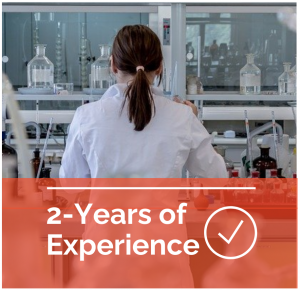What is a Community College?
8 reasons to study at a Community College:
- Flexible admission requirements
- Lower tuition costs
- Qualified Professors and smaller classes for a tailored education
- Excellent student support services
- Build a strong foundation
- Transfer to top universities
- Small classes to unlock your potential
- Gain U.S. work experience


Flexible Admission Requirements
Many Community Colleges do not require standardized admission tests such as the SAT/ACT. Instead, they offer placement tests upon arrival or different methods of assessment to ensure students are registered for courses that complement their skill level and address their individual needs. Additionally, many colleges offer flexible English proficiency requirements or waive requirements entirely to students who opt for intensive language courses.
Actual requirements and program offerings vary by college and more information can be found on the college’s website.
Lower costs
Tuition costs and additional fees are significantly lower at Community Colleges in comparison to four-year universities. The average cost per semester is typically 50% of state universities. Students can expect to save $15 to $70 thousand dollars over the course of their education, putting them in a financially advantageous position upon graduation.


Smaller classes
With smaller class sizes, students at a Community College receive more individualized attention in the classroom. Coupled with approachable high caliber qualified professors, students can comfortably ask questions, take part in discussions, and express their opinions. These factors create a welcoming environment where students can form long-lasting connections with peers. Faculty often teach both at the college and nearby universities.
Excellent Student Support Services
Offering complementary advising, Community Colleges make student success a priority. Students must meet with an advisor prior to registration to ensure the shortest path to transfer goal. On top of this, free tutoring is available for students who need help. Students have all the support systems to achieve high marks/grades.


Build a Strong Foundation
Gaining experience at a Community College assures students adjust to university life and acclimate to US higher education style, allowing them to reach their full potential upon top universities. This gradual transition builds confidence and ensures students are better prepared for the next 2 years at the transfer university.
Transfer to Top Universities
Admission into top universities at the freshman level is extremely competitive for domestic and international students alike. Kick-starting studies at a Community College enables students to transfer to a great university with higher GPA** and graduate from accredited universities. Additionally, many Community Colleges maintain partnerships with universities which allow for guarantee or direct transfer if requirements are met. This increases the likelihood of successful transfer for international students.
Grade point average (GPA), represents the average value of the accumulated final grades earned in courses.


Smaller classes
International students with F-1 visa status may be eligible to complete one year of Optional Practical Training (OPT) after their associate degree and an additional year after completing their bachelor’s degree. With up to two years of U.S. work experience students can build their resume and set themselves apart from their peers.
Gain U.S. Work Experience
International students with F-1 visa status may be eligible to complete one year of Optional Practical Training (OPT) after their associate degree and an additional year after completing their bachelor’s degree. With up to two years of U.S. work experience students can build their resume and set themselves apart from their peers.

